

Before yesterday's announcement that Moreau Kusunoki Architectes had won the highly contentious and big-budget Guggenheim Helsinki competition, the firm wasn't much used to the spotlight. Querying Google Trends for "Moreau Kusunoki" preceding the Guggenheim news, the firm barely blips twice since the husband-wife duo, Nicolas Moreau and Hiroko Kusunoki, began their practice in 2011. Before now, the highest instance of search traffic was in December of 2014, when the six finalists for the competition were announced. Their website's "info" section currently includes only contact information.
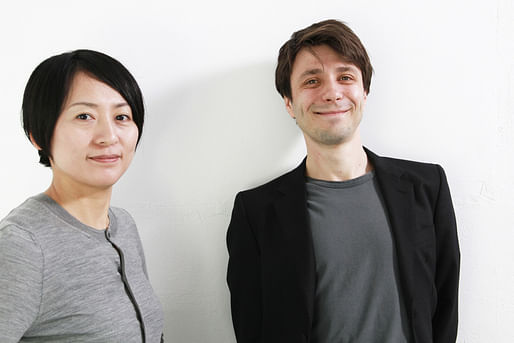
After having won such a high-profile competition, the firm had to make some kind of statement of its architectural perspective, and revealed that their media silence was highly intentional, as "architecture is best conceived in reserve and introspection, which are favorable to the emergence of poetic visions." Or at least so states their firm bio, released as part of the press packet for the Guggenheim junket.
But before Moreau and Kusunoki began their firm, the duo were practicing in Japan – Hiroko for Shigeru Ban, and Moreau for Sanaa and Kengo Kuma. The couple relocated to France in 2008 so Moreau could set up Kengo Kuma's office there, while Hiroko worked for Atelier Jean Nouvel, Habiter Autrement. It's understandable then that their firm, now only four years old and its founders both only 35, doesn't have much built work under its belt. But their projects display a self-described "cultural duality", influenced from their work in Japan, as well as their own pasts – Hiroko trained at the Shibaura Institute of Technology in Tokyo, and Moreau at the École Nationale Supérieure d’Architecture de Paris-Belleville.
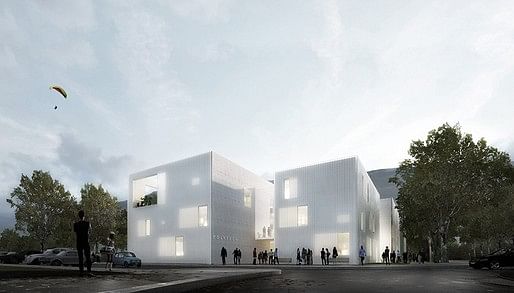
↑ University of Savoie, Polytech (opens 2016)
According to the partners themselves in a Guggenheim interview, their firm does not yet have a distinct philosophy – they are "still in the process of defining it! We try to listen and observe and do things simply and honestly." But their design for Guggenheim Helsinki, a series of nine pavilions clad in charred black timber, arranged to facilitate in-between meanderings, does have some precedent – most notably, in their work for the Budapest National Gallery (that competition was won in a tie between SANAA and Snøhetta).


↑ Budapest National Gallery
Another clear line of influence to the Guggenheim is drawn from their winning design for the Beauvais Theatre (canceled in 2014) – swooping roofs on a collection of smaller volumes, gathered together with attention to varying transparencies and slightly curving geometries.
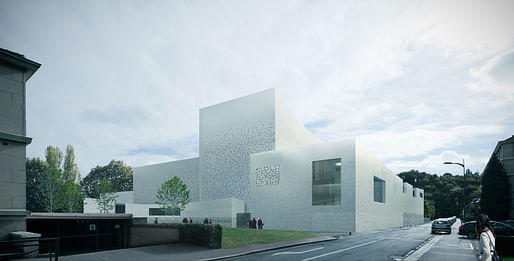
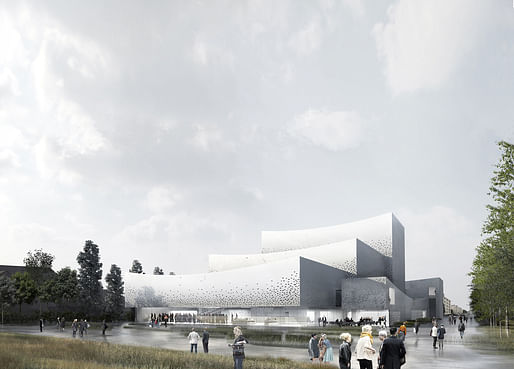
↑ Beauvais Theatre
While much of their work tends towards institutional competition entries, their practice is not focused on making statements. In a video interview featured in The Guardian, Moreau hinted at their firm philosophy by rejecting a common assumption of high profile projects: “architecture does not have to be a slogan for saving people or saving the planet”. Ironically, one of architecture's most prominent slogans has been The Bilbao Effect, born from Gehry's Guggenheim.
What seems most remarkable about their design for the Helsinki Guggenheim is its negative spaces, creating interstitial possibilities akin to the Japanese concept of ma, which are meant to emulate and integrate the surrounding city. Moreau is quoted in Le Monde, "we built the set in the continuity of the urban grid of Helsinki", which could of course become empty talk should this ever be built, but is at least consistent with their disinterest in a "too hermetic" institutional monolith, one that has already been criticized for imposing itself on the host city. However, the firm also refers to the lighthouse motif as an homage to Frank Lloyd Wright's original Guggenheim museum in Manhattan.


Much of the firm's other work is in France – one of the highest profile projects that they were involved with was Kengo Kuma's FRAC Contemporary Art Center in Marseille. Another upper-scale project is their Plaza for the Paris High Court (designed by Renzo Piano), slated to open in 2017. Whether or not the Helsinki Guggenheim ever breaks ground, Moreau Kusunoki are assured: "This victory gave us enormous confidence and certainly will continue to encourage us."

↑ FRAC Center
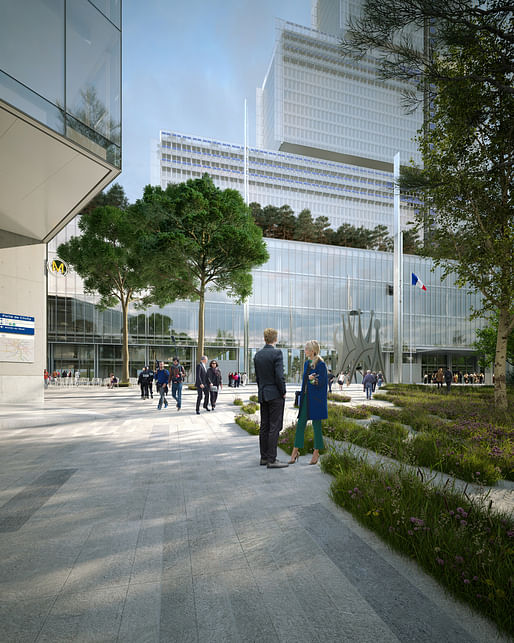
↑ Paris High Court Plaza
For some background on the Guggenheim Helsinki, here's a breakdown of the competition's major stages and context:

1 Comment
Brilliant! What an amazing honor.
Block this user
Are you sure you want to block this user and hide all related comments throughout the site?
Archinect
This is your first comment on Archinect. Your comment will be visible once approved.